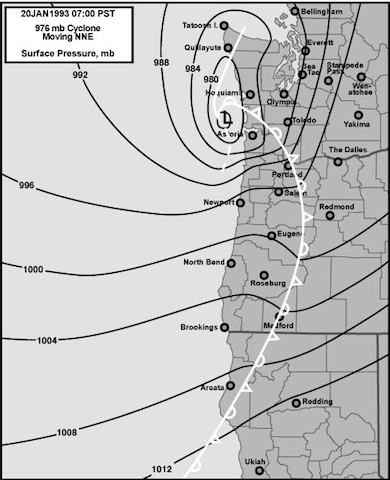
As President-elect Bill Clinton prepared to take the oath of office 26 years ago, brilliant blue sunshine sparkled from the skies over the nation’s capital. While a swelling crowd of roughly half a million onlookers readied for the swearing-in ceremony, basking in the pleasant winter weather, 3,000 miles across the country, minds were focused on anything but the inauguration.
It was Jan. 20, 1993, in Seattle—and the weather was about to turn deadly.
Just after 7 a.m. that morning, a powerful area of low pressure, deepening to 976 millibars, slammed ashore on the central Washington coast and began an ominous march to the northeast. As the low raced over the Olympic Peninsula, on a collision course with Whidbey Island, gusty winds to the south of the low—where an incredible difference in pressure was developing—exploded over Puget Sound.
By 9 a.m., the winds at Boeing Field in South Seattle had jumped from a mild breeze to a full-on gale, gusting above 55 mph. As the strong winds buffeted the region, tree limbs began to snap, toppling power lines and cutting electricity to thousands just as President Clinton’s swearing-in got underway.
Things only grew worse as the morning wore on. By 11 a.m., with the low nearly due north of Seattle, widespread wind gusts from 60 to 70 mph were pummeling the Sound, with Sea-Tac Airport topping out at 64 mph, Everett at 67, and Renton at a whopping 74 mph—the equivalent of a Category 1 hurricane. The winds were even stronger at the top of the atmospheric sciences building at the University of Washington in Seattle—peaking at a stunning 88 mph.
As the winds turned violent, both the I-90 and 520 bridges across Lake Washington were shut down, with the 520 bridge—where winds reached 80 mph—not opening for another 24 hours. Thick moisture-laden branches, ripped off from decades-old trees by the storm, were hurled like missiles across the sky. Entire trees were uprooted, crashing onto cars, homes, businesses, and, unfortunately, people. Tragically, six individuals in the Puget Sound region lost their lives that morning, five the victims of falling trees. A sixth person was electrocuted when a tree landed on an overhead power line.
By noon, the winds had roared to 70 mph at Boeing Field—the second-highest gust ever recorded there—while reaching 69 mph at the National Weather Service office in North Seattle. Downtown, high-rise buildings swayed in the near-hurricane force gusts, with several office workers succumbing to motion sickness. Traffic signals were darkened region-wide as the powerful winds eventually left 700,000 people in the dark.
The storm finally began to subside in the afternoon as the low tracked east of Bellingham and into British Columbia. At Sea-Tac, gusts fell below 30 mph by 3 p.m., with the winds at Boeing Field easing into the 20 mph range at the same time. By nightfall, breezy conditions and a light rain were all that remained of that morning’s damaging storm.
The aftermath of what became known as the Inauguration Day Windstorm, however, would linger for days. Ongoing power outages forced numerous schools and businesses around the region to remain closed, with city parks also blocked off due to the high amount of trees and branches downed by the wind. The destructive storm accounted for $100 million dollars worth of damage region-wide, including 170 homes that were ravaged beyond repair.
The storm would go down as the strongest in the Seattle area since the devastating Columbus Day Windstorm in 1962—further cemented in Northwest lore by its freakish alignment with President’s Clinton’s inauguration. In the years to come, other bullish storms would tear through the region—winds in December 1995, March 1999 and January 2000 all wracked the area with 60 mph gusts—but none would rival the Inauguration Day Windstorm until the December 2006 Hanukkah Eve Windstorm blew in.
But that’s another story for another time. Because it was exactly 26 years ago today, as Bill Clinton ascended the presidency, that our weather descended into infamy.
Editor’s note: This post was originally published on Jan. 20, 2013

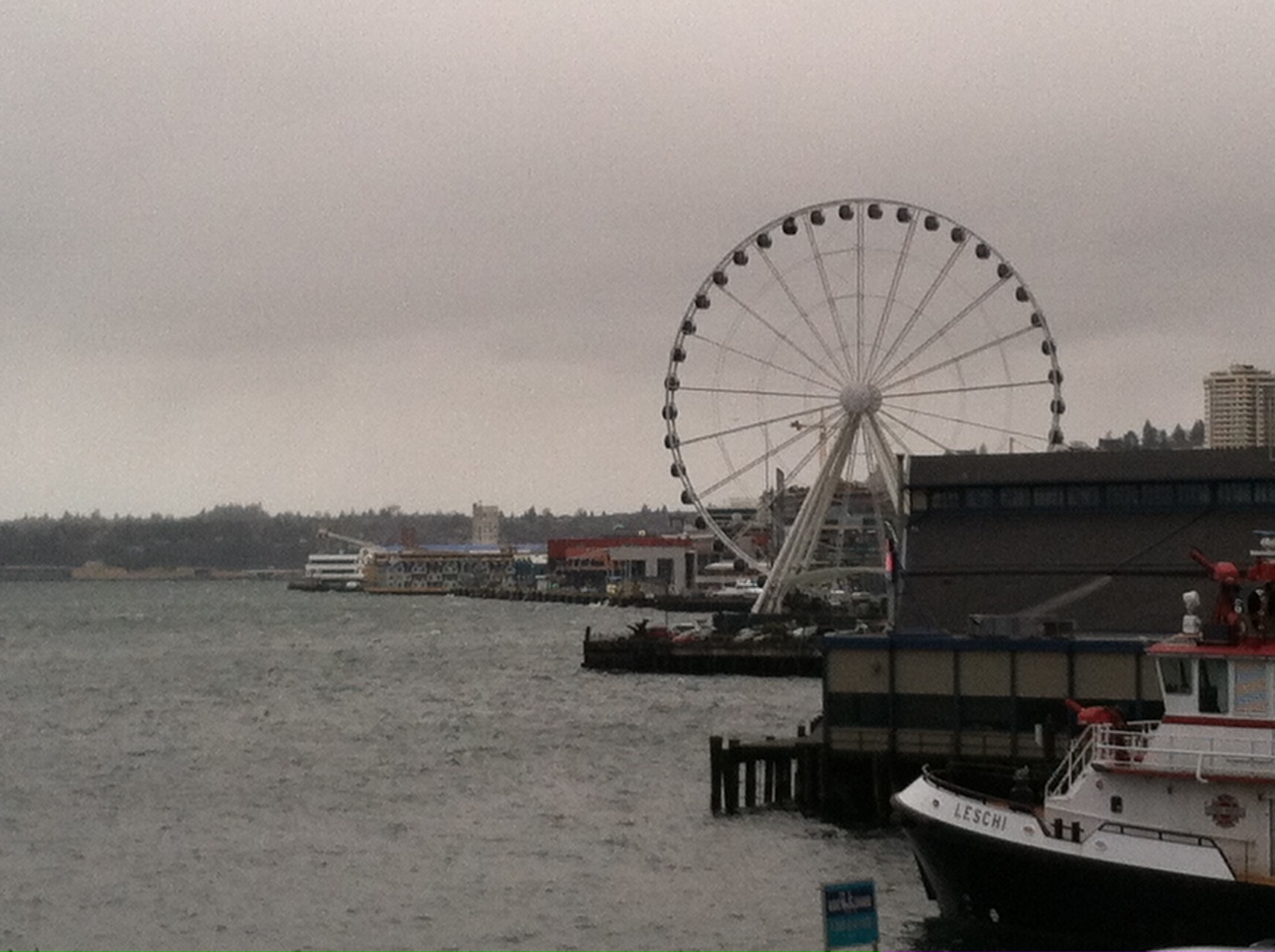
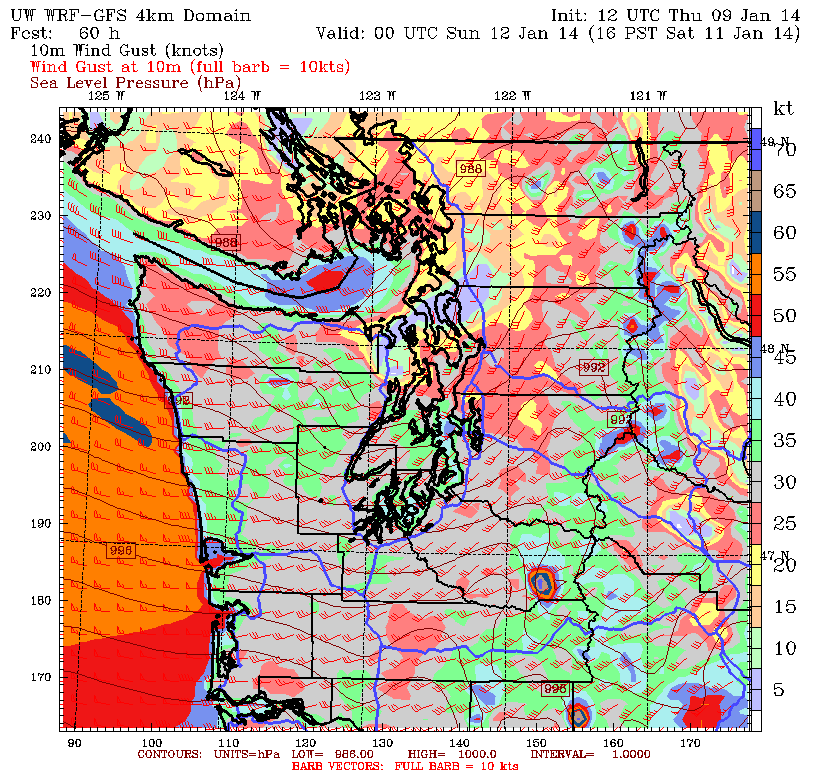
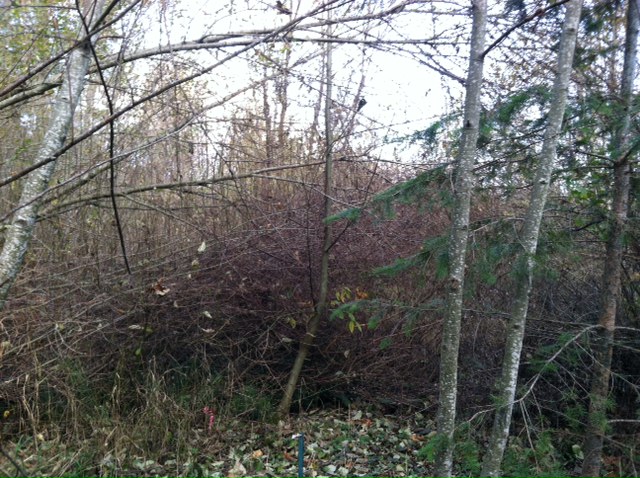
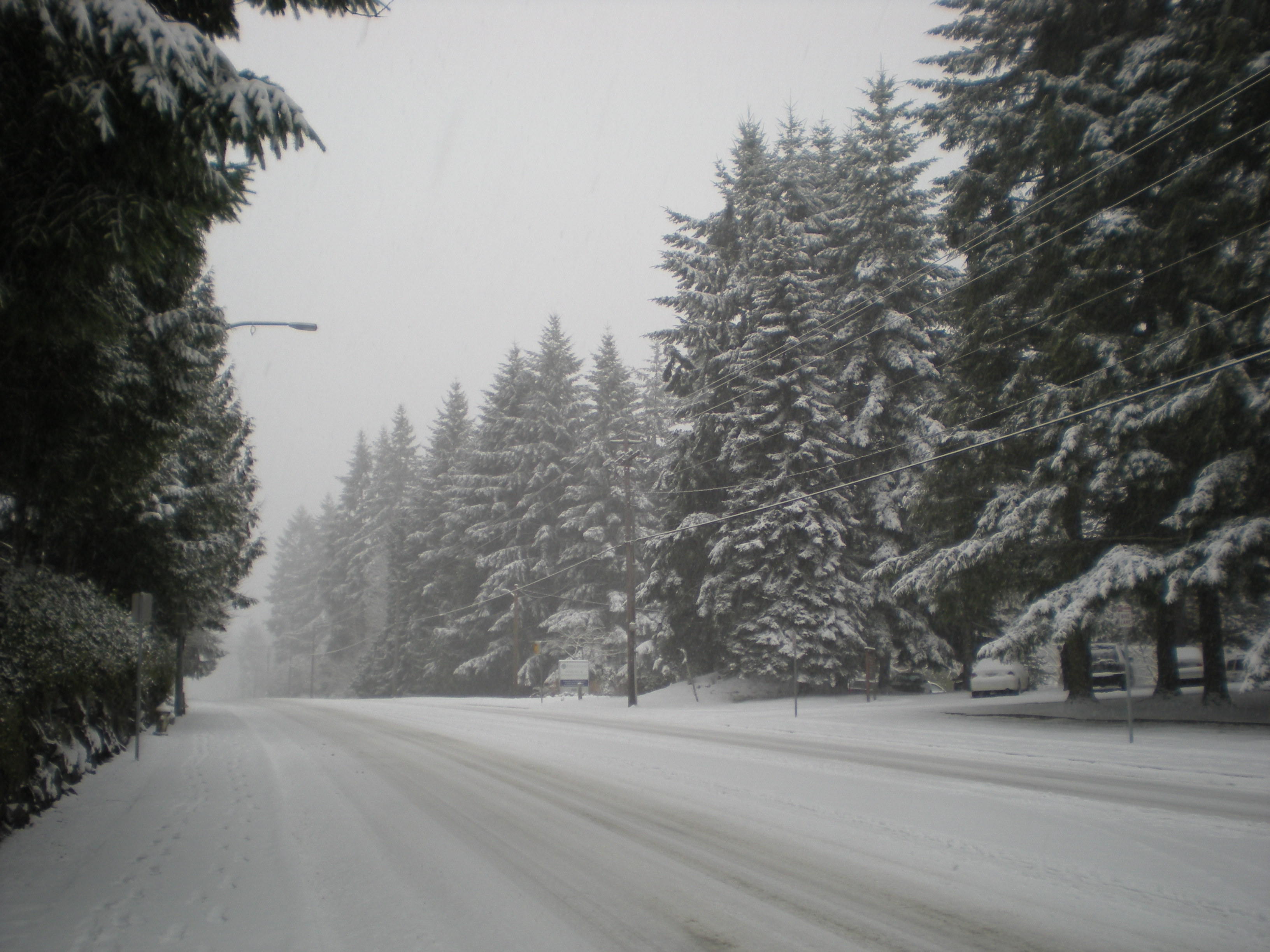

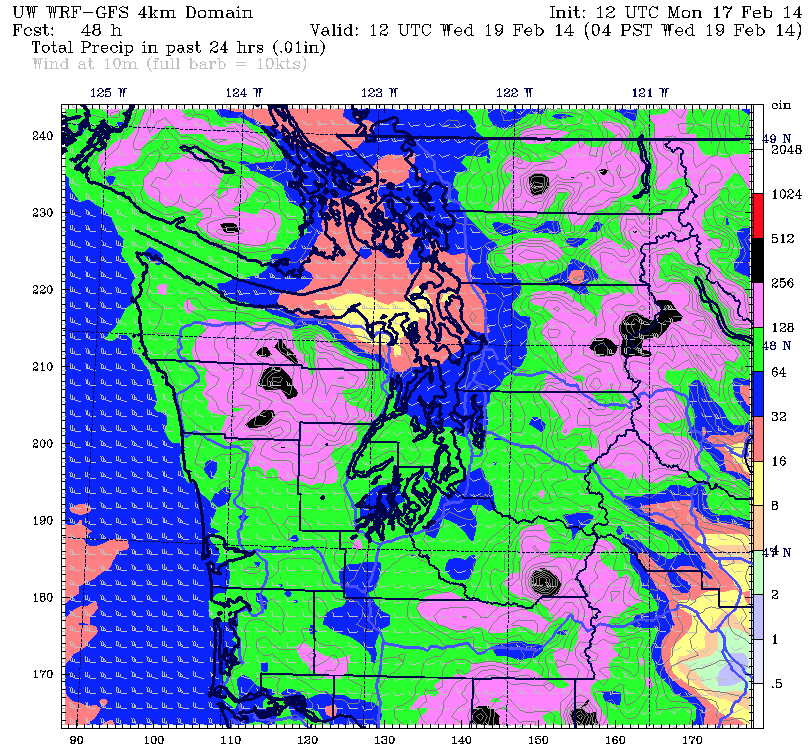
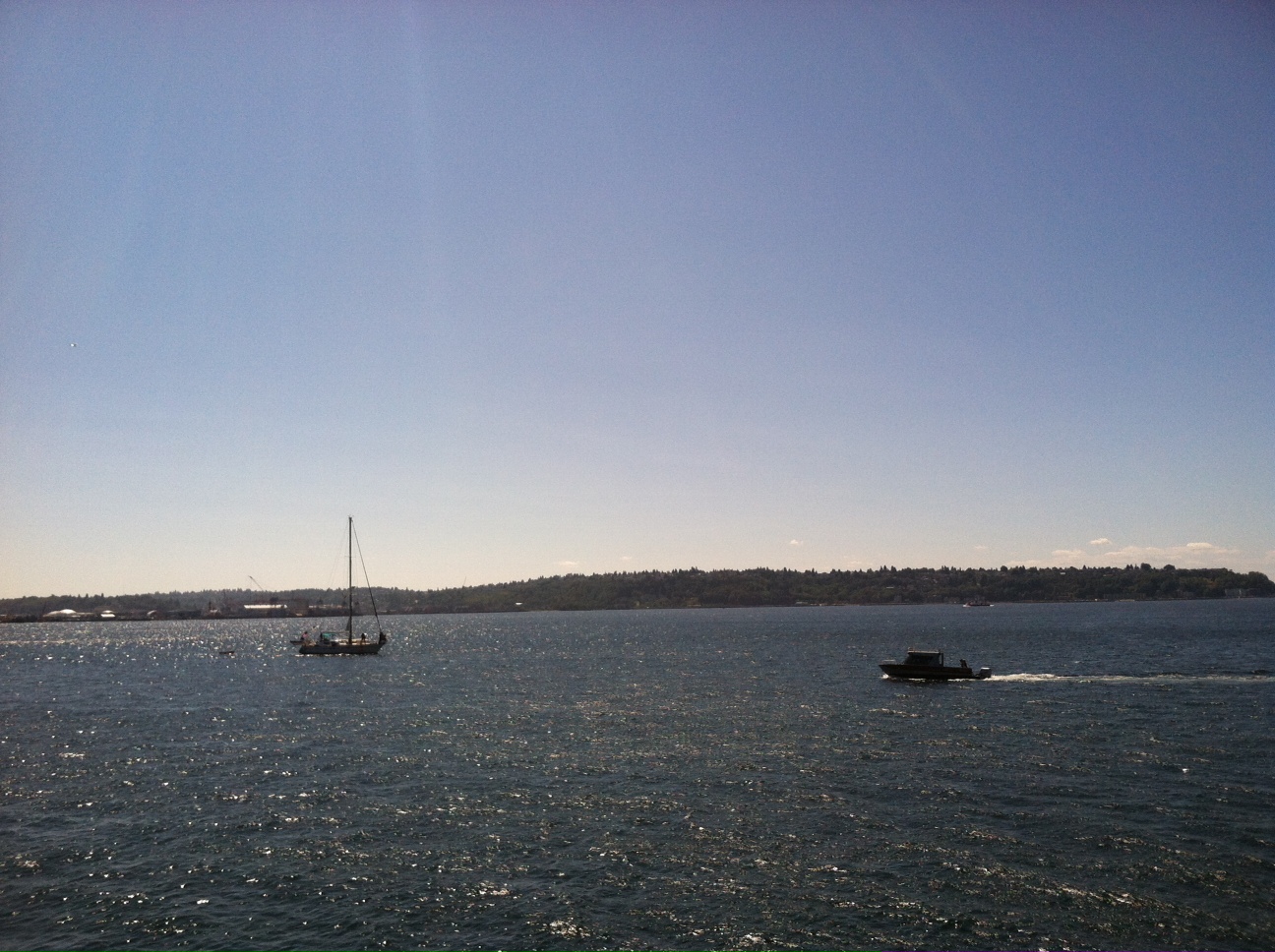
Given the fact that windstorms prefer holidays in the Puget Sound area, I’m predicting the Groundhog’s Day Windstorm of 2018. Wait for it.
You know, I think you may be on to something here—plus that name has a great ring to it! Maybe it’ll repeat over and over again as well…
Sweet write up Justin!
Thanks dude!
Blog on !!!